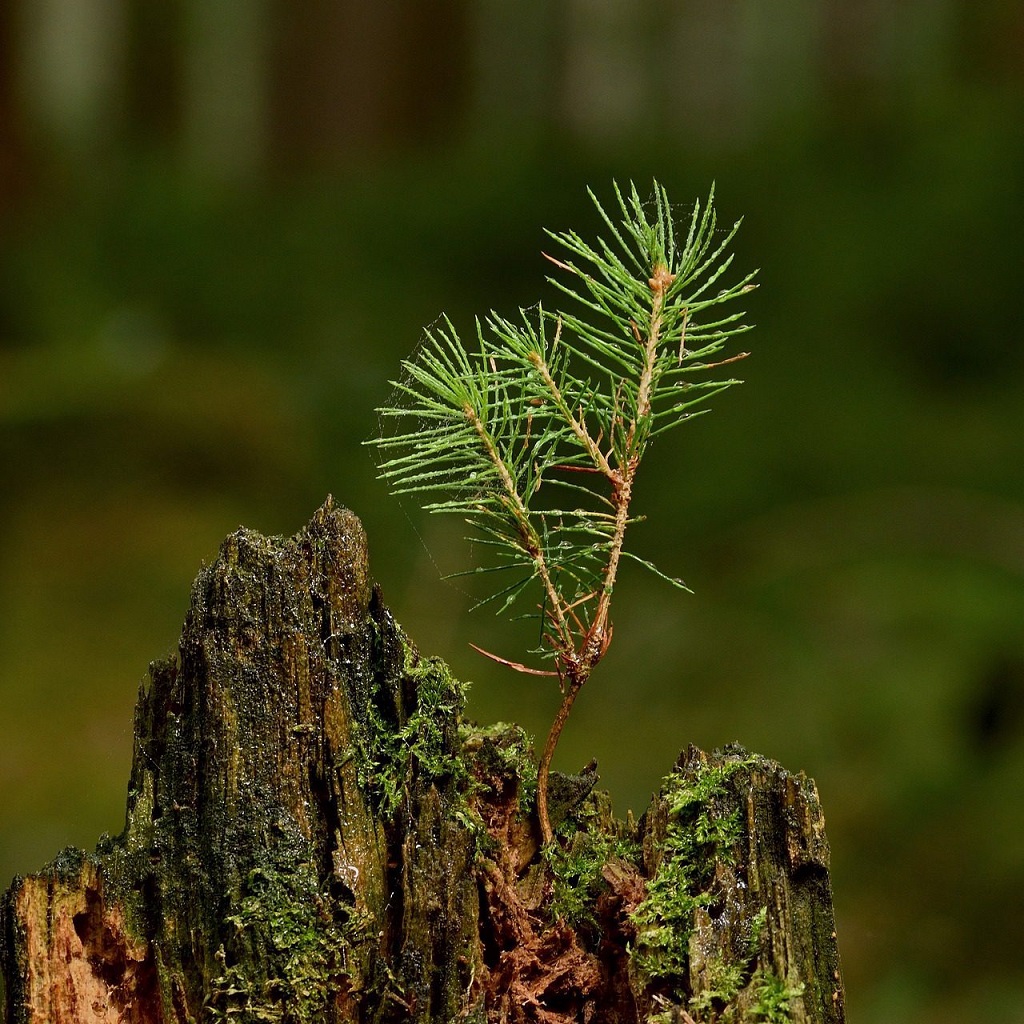Propagating trees from seeds involves several key steps, including seed collection, preparation, and germination. Many tree seeds require special treatments to break dormancy, such as stratification (exposure to cold, moist conditions) or scarification (weakening the seed coat). Additionally, some seeds may need to be soaked or rinsed before planting.
Steps for Propagating Trees from Seed:
- Seed Collection: Collect seeds from healthy, mature trees, preferably those that are native to your region.
- Seed Preparation: Some seeds require scarification (weakening the seed coat) or stratification (cold, moist treatment) to break dormancy.
- Sowing: Sow seeds in containers or directly into the ground, ensuring proper depth and spacing.
- Germination: Provide the necessary conditions for germination, including moisture, temperature, and light.
- Seedling Care: Once seedlings emerge, provide them with adequate light, water, and nutrients.
Factors to Consider:
- Seed Dormancy: Many tree seeds are dormant and require specific conditions to germinate.
- Species-Specific Needs: Different tree species have varying requirements for germination and growth.
- Environmental Conditions: Temperature, moisture, and light play a crucial role in germination and seedling development.
- Pest and Disease Control: Protect seedlings from pests and diseases, which can hinder their growth.
Tips for Success:
- Research: Learn about the specific needs of the tree species you are growing.
- Be Patient: Germination can take time, and some seeds may take multiple years to germinate.
- Monitor and Adjust: Regularly check seeds and seedlings, and adjust your approach as needed.
- Practice and Experiment: Propagating from seed can be a rewarding process, but it requires patience and practice.
By following these steps and considering the specific needs of your tree species, you can successfully propagate trees from seed.

Leave a Reply